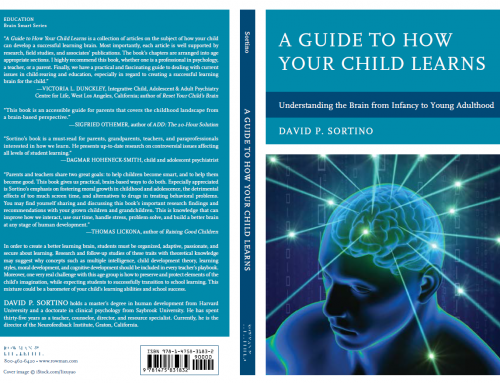Understanding the process and stages through which a child learns at different ages should be a prerequisite for every parent who has a school-age child.
Understanding how your child learns at different ages and accepting that process will be reflected back to your child, thus allowing for a building of self-confidence. This self-confidence in the child has a direct impact on learning potential.
Children of primary age are first introduced to school at a point in which two developmental processes are growing: social and academic.
The difficulty for both teacher and child is that at any time there could be as many as three developmental levels in every classroom (Kohlberg, 1973). In other words, children who are not developmentally mature both academically and socially will have challenges to their levels of confidence, challenges that can affect learning potential.
Expecting a uniform developmental level is like asking all four-year-olds to ride a two-wheeler! A percentage of four-year-olds will have no problem; another percentage will succeed but only after numerous bumps and bruises by trial and error. And another group will need training wheels or scooters before they can comfortably ride a two-wheeler. The training wheels and/or scooters for those children trying to stay up with the rest of the class could be the parents’ knowledge of child development theory.
In other words, how the child learns at different ages should be a prerequisite for every parent who has a school-age child.
One confidence booster recommendation is for parents to read Thomas Lickona’s book Raising Good Children. The book helps the reader link child rearing and developmental milestones by presenting stimulating learning and intelligence experiences.
For example, a first-grader’s homework assignment is to read together with his mother for 20 minutes before bedtime.
The mother and child read for 20 minutes but they still have 15 minutes left before bedtime. The mother suggests they read another story but the child refuses because teacher said to read only one story. The mother can interpret the refusal as lazy or oppositional, which could become a negative confidence building experience.
The child is not being stubborn; rather, it is only her stage of cognitive thinking that is being reflected.
The student’s stage of thinking is called preoperational which makes him unable to perform multiple operations (mother/teacher) both socially and cognitively.
A parent’s lack of comprehension of this stage could challenge the child’s confidence in his ability to learn. Most six-year-olds can only entertain one idea at a time, which in our reading example is the teacher or the specific reading assignment.
However, in time, the child’s brain will mature and then he can entertain two ideas at a time: wishes of the teacher and the parent. A parent who understands her child’s developmental stages will have countless opportunities, as our example, to boost a child’s self-confidence, thus impacting learning and intelligence.
My final recommendation is for parents to request schools to offer parenting classes that identify the child’s developmental stages of learning. I am confident it will improve your child’s learning, intelligence, as well as self-confidence.


